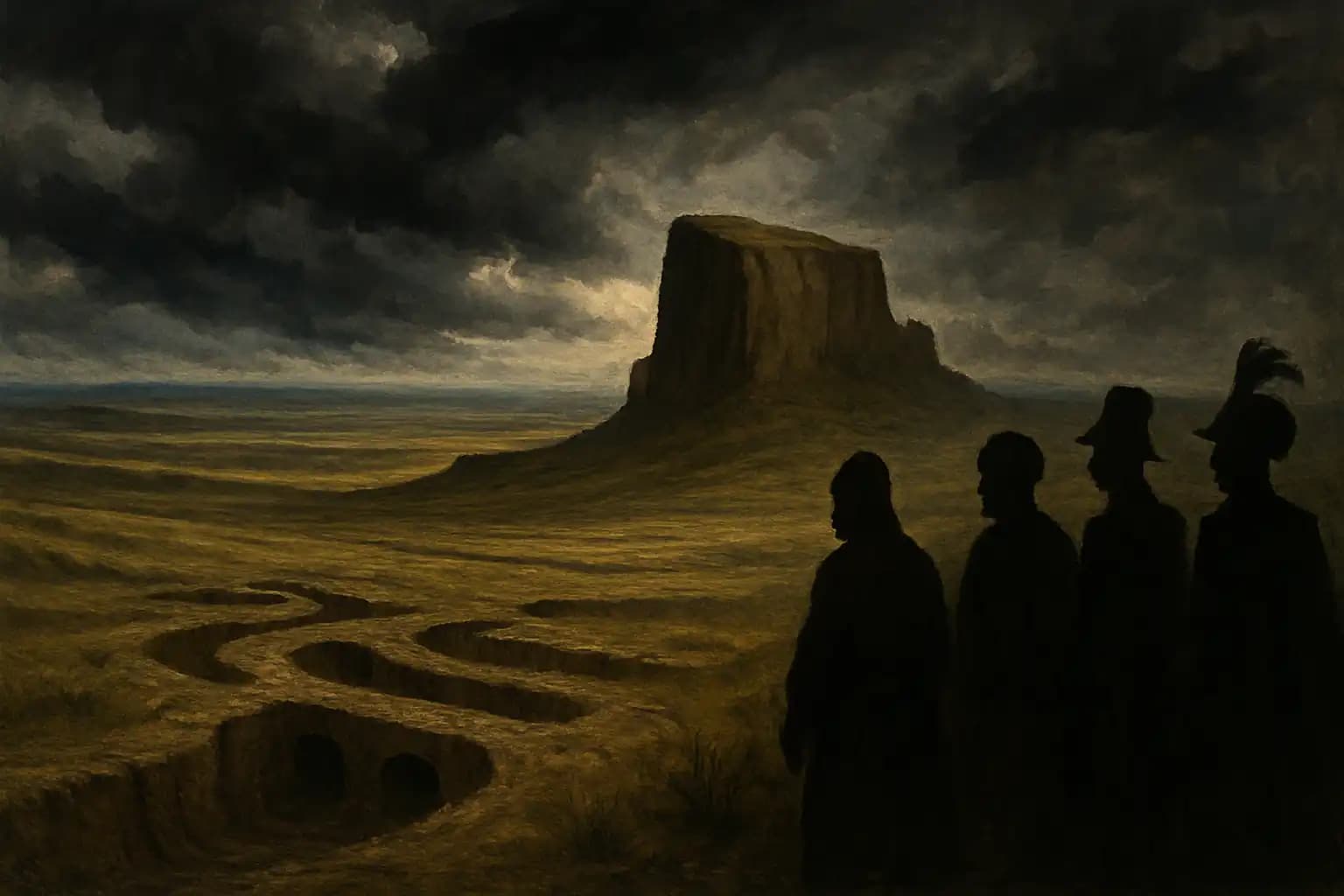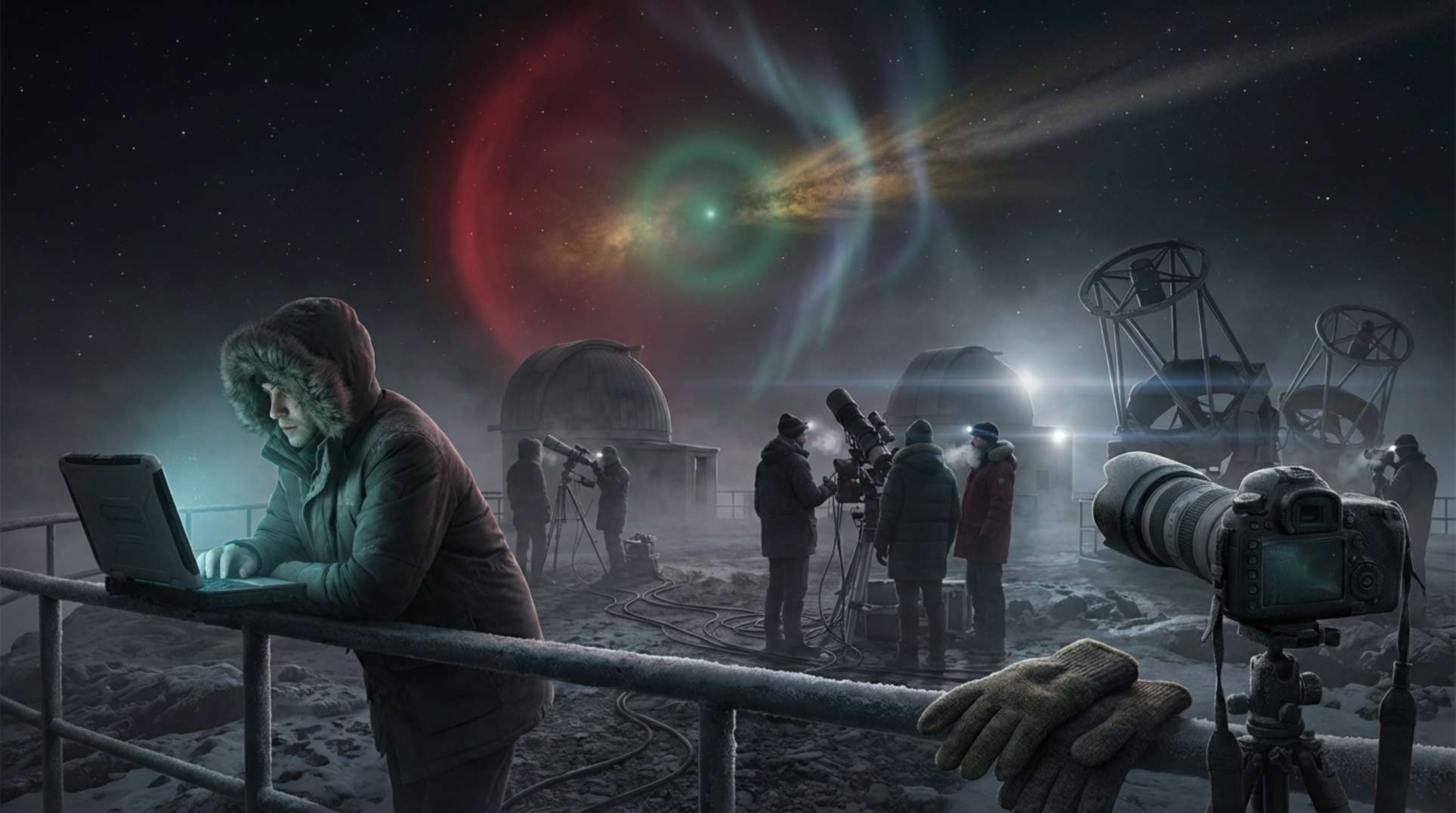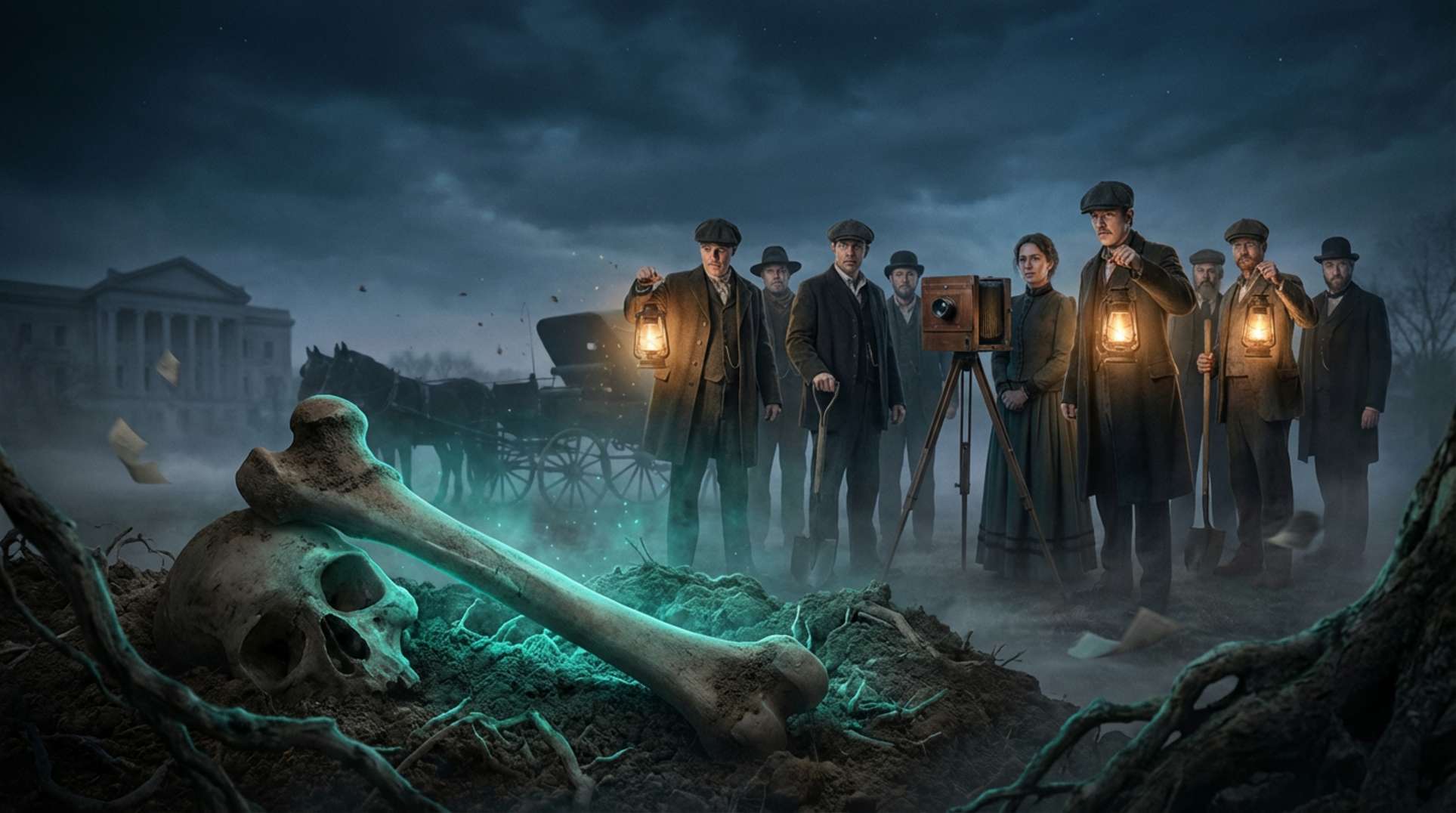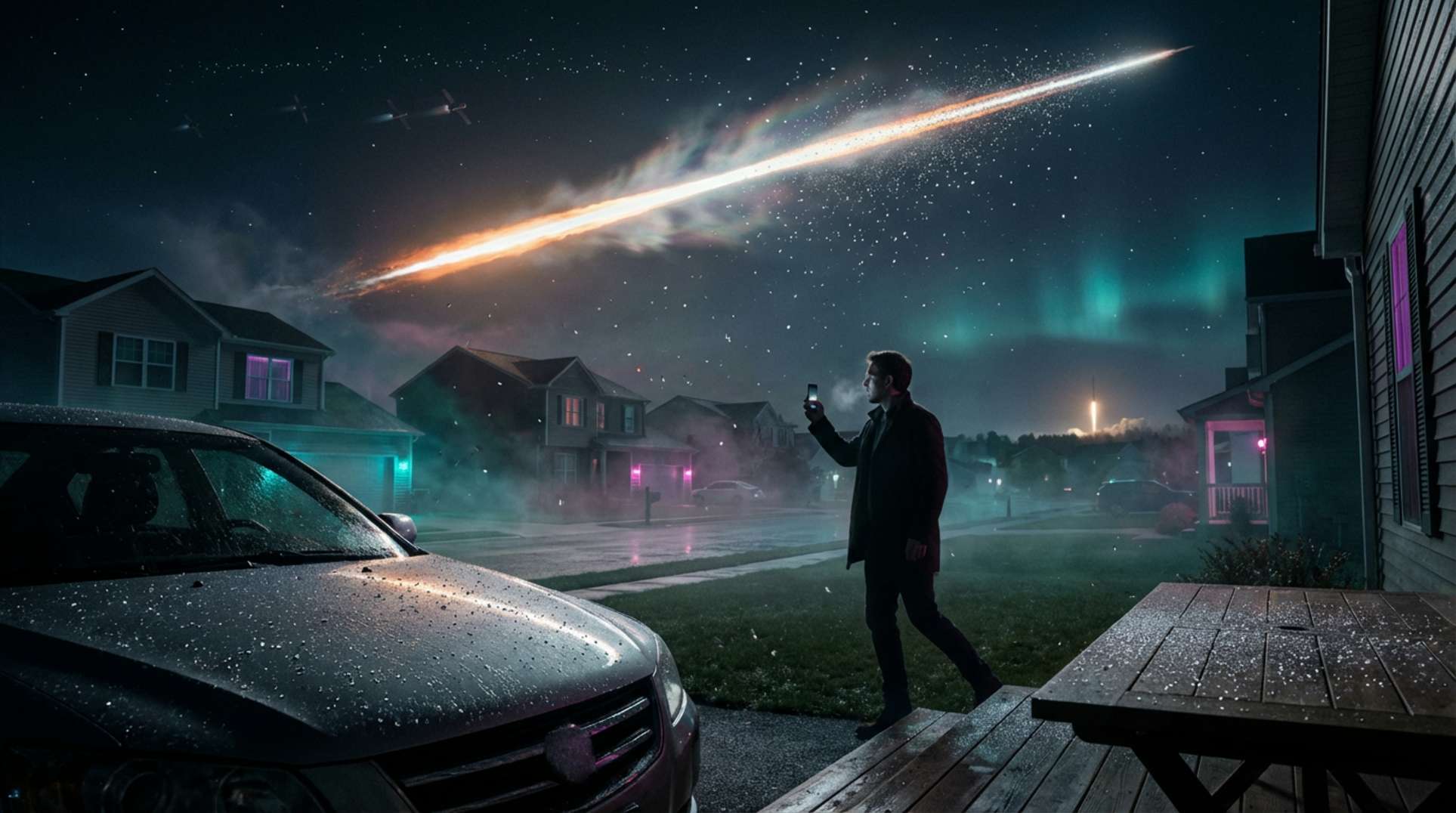If you trust the murky corners of the internet, Russia resembles less a nation and more the last whisper of Tartaria—a forgotten empire concealed by historians and perhaps a whimsical interdimensional ruler. The recent revival of the Tartaria myth thrives on algorithmic momentum, fueled by tales of hidden tunnels, wartime rituals, and the Astrakhan Tatars—a name that sounds like a key to a covert history. But amid the sensationalism and outdated maps, is there any truth to this conspiracy? Or is it merely smoke, mirrors, and a bit too much late-night YouTube? (Tartary, via Wikipedia).
Historically, Europeans labeled vast regions from the Caspian Sea to Mongolia as “Tartary”—a frontier as mythical as the dragons gracing medieval maps. The Astrakhan Tatars, descendants of Mongols and Turkic khanates, stood at the juncture of conflict, power, and legend. As noted by modern conspiracy theorists, whispers of mysterious tunnels and tales from military leaders in the steppes suggest that some battles were fought as much for spiritual domination as physical territory, often invoking ancient deities and lore that mainstream records ignore.
The Old World Underground: Tunnels, Legends, and Lost Civilizations
Any enthusiastic researcher of hidden histories will share narratives of complex tunnels stretching deep beneath Eurasia. These corridors transcend ordinary subway systems. Unofficial reports and speculative readings of aged military documents allege these passages served not just soldiers and supplies, but also the release—or containment—of spiritual entities during warfare. These notions echo discussions of “forbidden archaeology” featured in this exploration of lost tombs and enigmatic caves, blurring the lines between reality and myth.
While scant evidence supports the existence of a Tartarian super-civilization, the ongoing quest for the Old World’s hidden cities and mysterious cliffside remains relates to the intrigue surrounding enigmatic tunnels and underground places globally, as discussed in cultural analyses like this exposé on ancient underground cities. The persistent lack of proven evidence—whether bizarre, inexplicable, or grand—sustains these legends long after mainstream academia has dismissed them.
Generals, Spiritual Warfare, and the Shadows of Battle
An especially intriguing—if outrageous—theory suggests that some wars in Old World Russia were fought not only with guns and swords, but also to dominate gateways to other realms. Local histories and battle memoirs reference generals targeting objectives that seem more mystical than practical. Enthusiasts believe tales of rituals, summoning, and invoking spiritual guardians during sieges mirror the shadowy strategies of ancient supernatural warfare and the dark folklore surrounding urban rituals, like the eerie Midnight Game. Whether any of these events occurred outside fevered imaginations or secret occult gatherings remains a mystery.
Beliefs in hidden energies, geomantic alignments, and runic markers surrounding strategic locations seep into modern pseudo-history just as readily as wild claims about CERN and plasma glyphs transmitting signals from ancient petroglyphs (see more on symbolic mysteries). In today’s world, these narratives endure—perhaps because, amid increasing surveillance and precise mapping, nothing instills greater fear than the thought that some battles remain unseen and unresolved.
Tartaria as Meme, Map Error, and Conspiracy Magnet
No conversation about Tartaria is complete without addressing the memes, maps, and fervent YouTubers who have revived this non-existent empire. As highlighted in critical research from Discover Magazine, the modern Tartaria myth owes its origins more to 19th-century cartographic errors and fringe internet forums than to any actual historical entity in Eurasia. Instead, a constant tide of speculation has emerged, positing that advanced technology, global resets, and ‘mud floods’ obliterated this enigmatic culture—while overlooking well-documented histories developed by real scholars over centuries.
Yet, perhaps that’s the crux: as the saga gets recounted and reimagined, the Tartarian legend evolves into a symbol for every lost empire, concealed history, or buried truth—a digital-age representation of the psyche’s craving for mystery, control, or a distraction from mundane existence. Visit Unexplained.co for a continuous archive of everything that slips through the official record; should anything be uncovered at the bottom of a distant cliff or in a shadowy tunnel, you’ll find it there first.
Hidden Past or Human Imagination? The Enduring Allure of the Old World
At the intersection of speculation and skepticism lies an important lesson: the past encompasses not only what occurred but also what we conceive might have transpired while records lay silent and ink on ancient maps dried. Tales of Tartaria’s cities, tunnels, and spiritual skirmishes will continue to inspire documentaries, blog posts, and vivid dreams for years—especially as the world grows louder and the ordinary remains unsettlingly familiar. With every myth discarded, another theory emerges: underground kingdoms, cosmic alignments, and spirits of lost empires remain as constant as tomorrow’s dawn for those eager for the extraordinary. Sometimes, the most profound enigmas are not found beneath the earth, but within the human mind.




